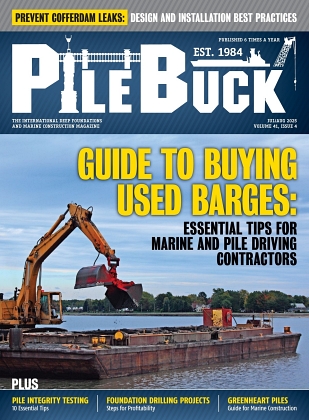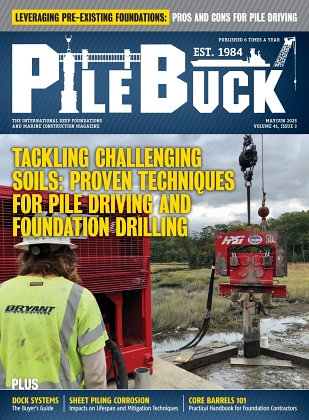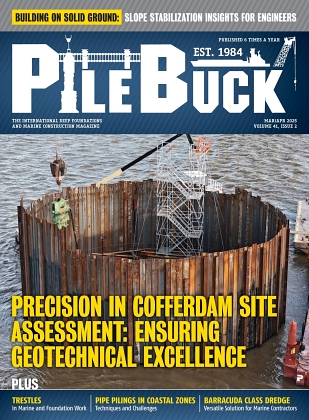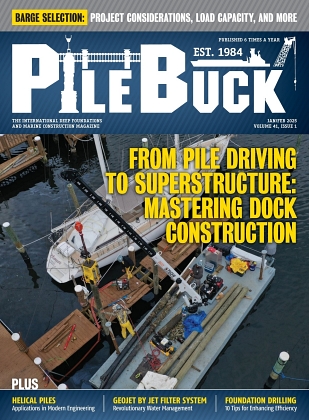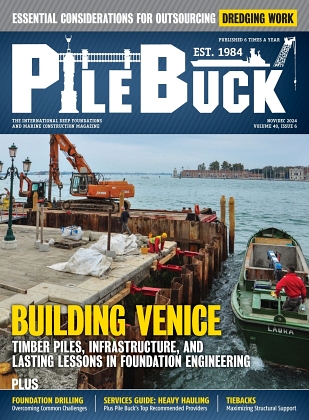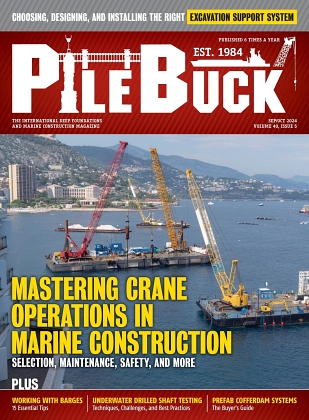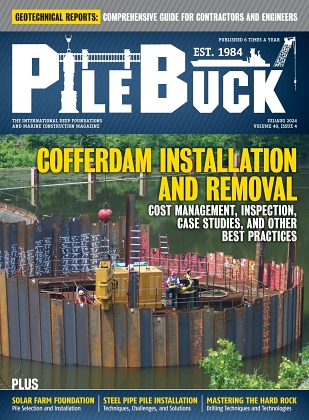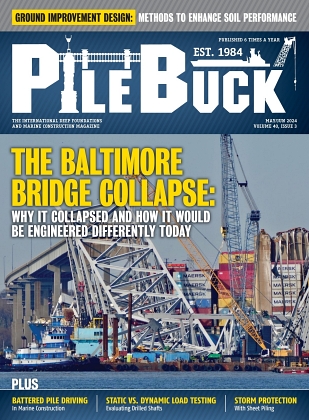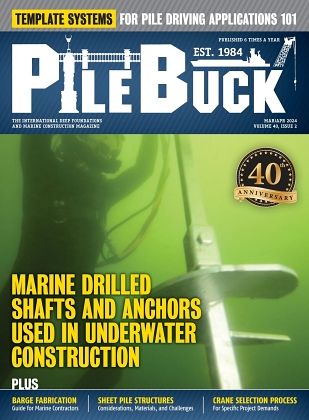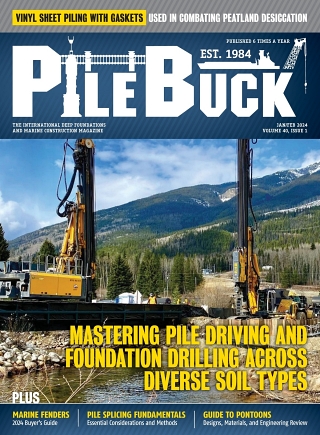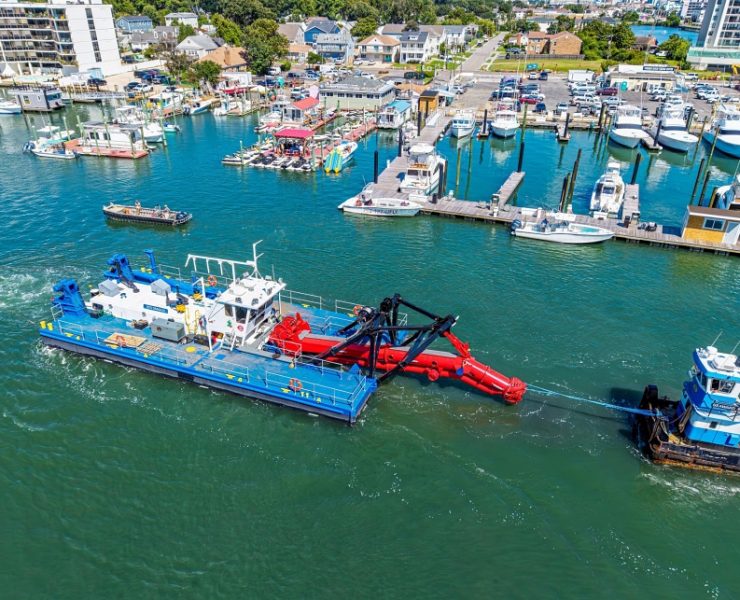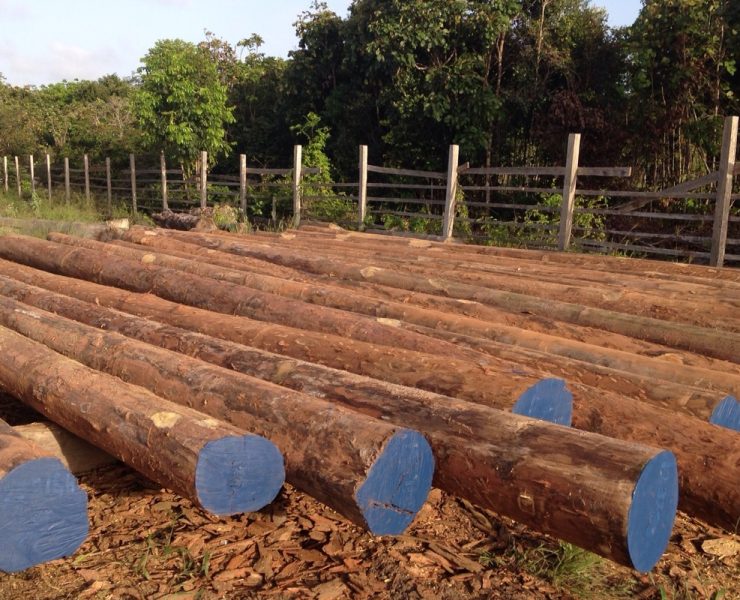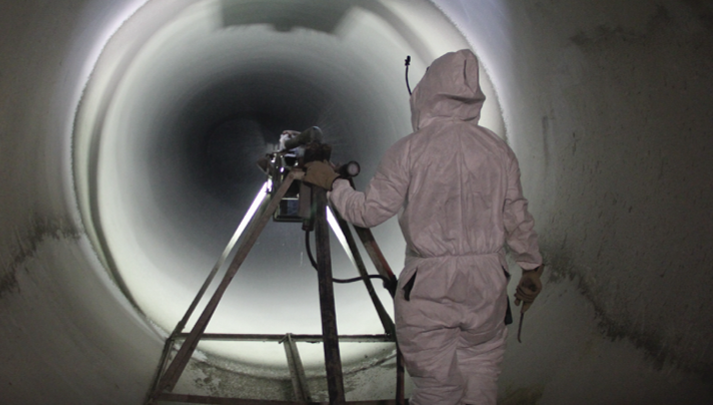Why Used Dredge And Pump Equipment Is a Smart Investment
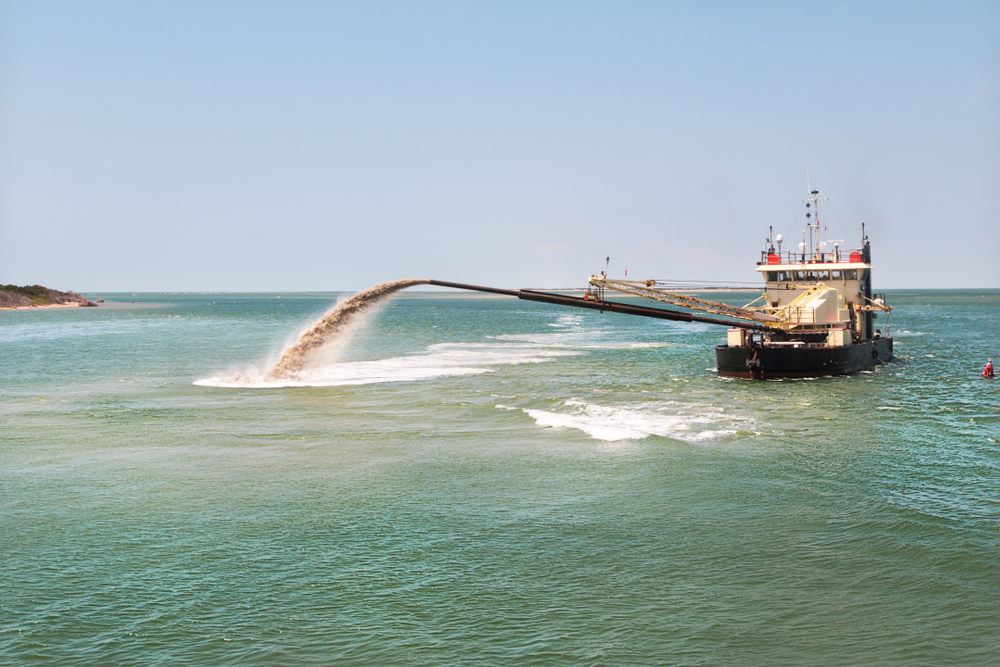

Marine contractors face constant pressure to control costs while maintaining high project standards. Whether the task involves channel deepening, sediment removal, or environmental restoration, equipment is a major part of the budget. Many contractors are now turning to used dredge and pump equipment because it offers a balance of performance, availability and affordability. When the machines are properly refurbished, inspected and matched to the right application, they can deliver strong output without the financial burden of new units.
Cost Efficiencies Of Pre Owned Equipment
Lower Capital Requirements
New dredgers and industrial pumps often carry significant upfront costs, which can strain budgets or delay projects while contractors wait for financing approval. Used equipment offers a lower entry point and reduces long term financial exposure. Since the depreciation curve is less steep, buyers often retain more value throughout the life of the machine. This is especially important for contractors who manage multiple projects or operate within seasonal timelines.
Faster Access to Equipment
Lead times for new dredging equipment can be lengthy due to global supply chain constraints and manufacturing schedules. In many cases, waiting months for a new pump can delay a project and increase labour costs. Used units are available immediately and allow contractors to mobilise faster. This faster access improves schedule reliability and helps teams begin work without unnecessary downtime. When availability is a priority, many buyers look for used dredge and pump equipment to stay ahead of deadlines.
Operational Savings
Modern dredge pumps emphasise improved efficiency and lower operating costs. When a used unit has been reconditioned with updated wear parts, refreshed seals and tested systems, the performance gap between used and new becomes narrow. Contractors often benefit from reduced fuel consumption, simpler maintenance and lower replacement part costs. Combined with the lower purchase price, these operational savings make used equipment appealing for both small and large marine projects.

Reliability Of Refurbished Pumps And Dredging Units
Built for Harsh Marine Conditions
Dredge pumps are engineered for abrasive and demanding environments that include sand, gravel, silt and high solids. Their design focuses on durability, wear resistance and consistent performance. A refurbished unit that has undergone inspection and replacement of wear components can continue operating at a high standard. Because these machines are built to last, many used pumps still deliver years of reliable service after refurbishment.
Importance Of Detailed Inspection
Proper inspection ensures the buyer understands the condition of the equipment before purchase. A comprehensive survey includes assessing the pump casing, impeller, bearings, hoses, piping and engine systems. Verifying the condition of structural components, checking for leaks, listening for vibration and reviewing maintenance logs helps determine whether a refurbished unit is fit for field operations. Careful review of hour meters, service intervals and repair documentation gives contractors confidence that the machine is ready for heavy duty work.
Predictive Maintenance And Wear Management
Used pumps continue to perform well when maintenance schedules are followed. Regular inspection of seals, lubrication systems, impellers and couplings reduces the risk of failures. Understanding how different sediment types affect wear patterns allows contractors to schedule replacements proactively. Many operators prefer refurbished equipment for jobs that involve heavy abrasion because they can accurately predict maintenance cycles and manage costs more effectively.
Where Used Equipment Outperforms New
Emergency And Short Notice Projects
Storm damage, rapid shoaling or unexpected navigation hazards often demand immediate response. New equipment may not be available in time to address these urgent situations. A refurbished pump or dredge unit can be deployed quickly and keeps the project moving. In time sensitive marine operations, fast mobilisation often matters more than purchasing brand new machinery.
Routine Maintenance Work
Many contractors perform ongoing maintenance in marinas, lakes, canals and ports. These projects involve predictable workloads and do not always require the latest technology. Used pumps are well suited for these repeat tasks because the performance requirements are consistent and the equipment can be serviced on a reliable schedule. The lower capital cost allows operators to invest in additional support equipment or spare parts.
High Wear Environments
Projects involving dense sand or abrasive materials often accelerate equipment wear. Instead of exposing a new machine to high wear conditions, many contractors prefer deploying used pumps that have already been refurbished with upgraded or replaced components. This strategy lowers long term replacement cost and allows the crew to operate confidently knowing maintenance cycles are predictable.
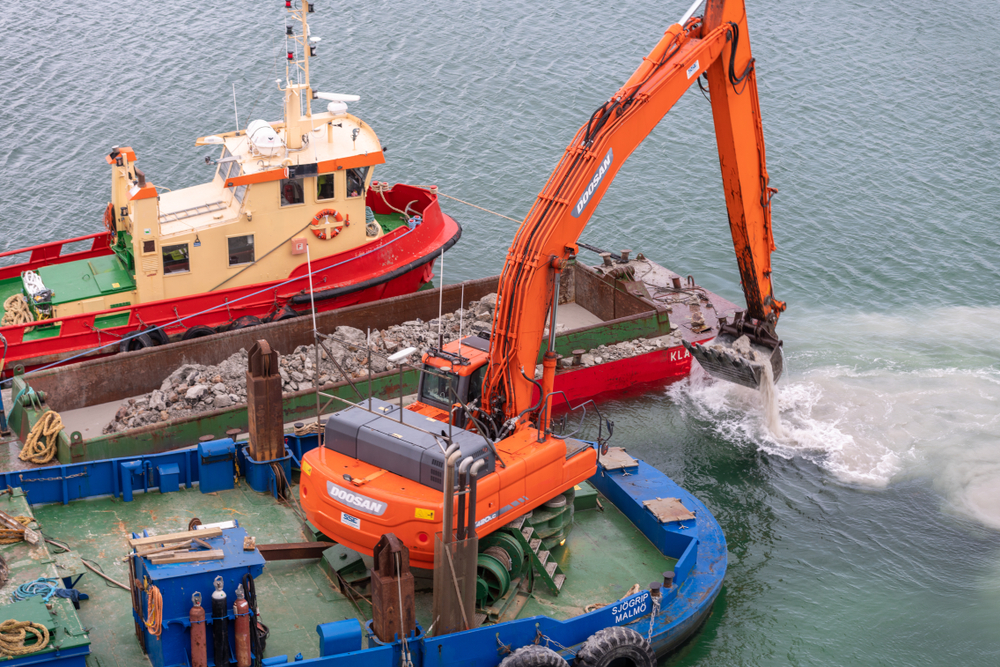
Selecting The Right Used Pump
Matching Specifications To The Application
Contractors should evaluate pump size, discharge head, flow rate and solids handling capability when selecting used equipment. Reviewing engine output, hydraulic systems and fuel consumption helps ensure compatibility with the intended work. The most successful purchases come from matching the machine to the sediment type, material characteristics and production targets of the project.
Confirming Parts Availability
Before finalising a purchase, it is helpful to verify that replacement parts are available. Manufacturers typically support popular pump models for many years, which makes used units practical for long term use. Reviewing parts compatibility ensures the machine can be serviced without delay and supports operational continuity.
Used dredge and pump equipment provides a practical and cost effective solution for marine contractors who need dependable performance without extended lead times or high purchase prices. Through proper inspection, maintenance and selection, refurbished units can meet demanding project requirements and deliver consistent productivity. Contractors who want to explore options that combine affordability and readiness often review pre owned dredge pumps for sale to find a machine that fits their operational needs.


